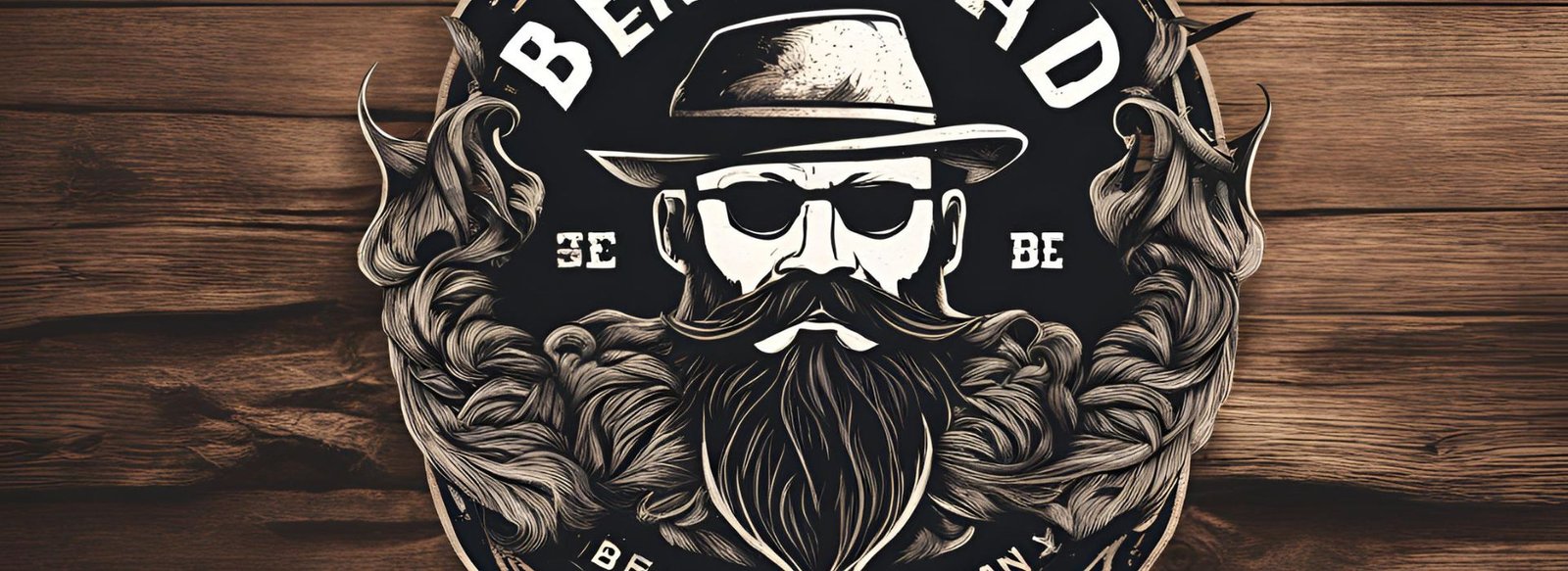Introduction
Beard grooming has become an essential aspect of men’s self-care routines. For beard enthusiasts, maintaining a healthy, well-groomed beard is both an art and a science. One of the key products in any beard care regimen is beard oil. Not only does it keep your beard soft and shiny, but it also nourishes the skin underneath, preventing dryness and itchiness.
If you’re tired of commercial products and want to create your own custom beard oil, you’ve come to the right place! In this comprehensive guide, we’ll walk you through everything you need to know to make your own beard oil at home. From choosing the right ingredients to step-by-step instructions, by the end of this post, you’ll have all the knowledge you need to craft the perfect beard oil tailored just for you.
Why Use Beard Oil?
Before diving into the DIY process, it’s essential to understand why beard oil is beneficial:
- Moisturizes and Softens: Beard oil hydrates your facial hair and the skin beneath, making your beard softer and more manageable.
- Promotes Healthy Growth: The nutrients in beard oil can promote healthier and faster beard growth.
- Reduces Itchiness and Dandruff: Moisturizing properties help prevent dryness and flaking, reducing itchiness and beard dandruff.
- Enhances Appearance: Regular use of beard oil gives your beard a healthy shine and a more polished look.
- Customizable Scent: Making your own allows you to choose a fragrance that suits your preferences.
Ingredients for Beard Oil
To create your own beard oil, you’ll need a combination of carrier oils, essential oils, and (optionally) vitamins. Here’s a breakdown of what each ingredient does:
Carrier Oils
Carrier oils form the base of your beard oil. They are typically extracted from nuts, seeds, or plants and are rich in beneficial nutrients. Here are some popular options:
- Jojoba Oil: Closely resembles the natural oils produced by your skin, making it highly moisturizing and non-greasy.
- Argan Oil: Packed with vitamins and antioxidants, it promotes healthy beard growth and adds a natural shine.
- Sweet Almond Oil: Rich in vitamins E and A, it helps to soften and strengthen your beard.
- Coconut Oil: Great for hydration, but it can be a bit greasy, so use sparingly.
- Grapeseed Oil: Lightweight and easily absorbed, making it ideal for those with oily skin.
You can use one carrier oil or a combination to achieve the desired consistency and benefits.
Essential Oils
Essential oils add fragrance and additional benefits to your beard oil. They are highly concentrated, so only a few drops are needed. Here are some popular choices:
- Lavender Oil: Calming and soothing, it also has antibacterial properties.
- Tea Tree Oil: Known for its antifungal and antibacterial properties, it helps prevent beard dandruff.
- Peppermint Oil: Provides a refreshing, cooling sensation and can stimulate hair growth.
- Eucalyptus Oil: Offers a refreshing scent and has antiseptic properties.
- Sandalwood Oil: A rich, woodsy scent that promotes relaxation and skin health.
Optional Additives
You can enhance your beard oil with additional vitamins and extracts for extra benefits:
- Vitamin E Oil: An antioxidant that promotes healthier skin and hair.
- Aloe Vera Gel: Adds extra hydration and soothes the skin.
Step-by-Step Instructions
Now that you have your ingredients ready, let’s dive into the process of making your beard oil.
Materials Needed
- Dropper bottles or small glass bottles with caps (1-2 oz)
- Measuring spoons or a small kitchen scale
- Funnel (optional, but helpful)
Instructions
- Sterilize Your Bottles: Before starting, make sure your dropper bottles are clean and sterilized. You can do this by washing them in hot soapy water and letting them dry completely.
- Measure Carrier Oils: Using measuring spoons or a small kitchen scale, measure out your carrier oils. A common ratio is 1 oz (30 ml) of carrier oil for every bottle. You can adjust based on your needs.
- Mix Carrier Oils: If you’re using a combination of carrier oils, mix them together in a clean bowl or jar.
- Add Essential Oils: For every 1 oz (30 ml) of carrier oil, add 6-8 drops of essential oils. Remember, these are highly concentrated, so a little goes a long way. Mix well.
- Optional Additives: If you’re adding Vitamin E oil or Aloe Vera gel, now’s the time to do it. About a few drops will suffice.
- Transfer to Bottles: Using a funnel, carefully pour the mixture into your dropper bottles. Cap them tightly.
- Label Your Bottles: It’s a good idea to label your bottles with the date and ingredients used, so you remember the formulation for future batches.
- Store Properly: Store your beard oil in a cool, dark place to extend its shelf life.
How to Use Beard Oil
Using beard oil is simple but can make a significant difference in the health and appearance of your beard. Here’s how to do it:
- Start with a Clean Beard: It’s best to apply beard oil after washing your face or beard to ensure it’s free from dirt and excess oils.
- Dispense Oil: Depending on the length of your beard, dispense 3-5 drops of oil into your palm. You can adjust this amount based on your personal preference and beard length.
- Warm the Oil: Rub the oil between your palms to warm it up, which helps with even distribution.
- Apply to Beard: Massage the oil into your beard, starting from the roots and working your way to the tips. Ensure you reach the skin beneath your beard as well.
- Comb or Brush: Use a beard comb or brush to distribute the oil evenly and style your beard.
Conclusion
Creating your own beard oil is a rewarding and enjoyable process that allows you to customize your grooming routine to suit your specific needs and preferences. With the right ingredients and a little effort, you can craft a beard oil that not only nourishes your beard but also keeps your skin healthy and your beard looking its best.
For those who take pride in their beards, the benefits of using beard oil are undeniable. So why not take it a step further and make your own? Your beard will thank you for it!
If you found this guide helpful, please share it with fellow beard enthusiasts and let us know your thoughts and experiences in the comments below. Happy grooming!



